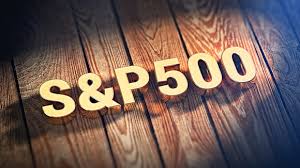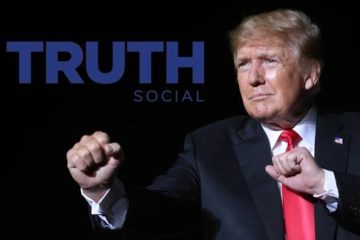S&P 500 Has Performed Far Worse Under Trump Than Under Obama

So much for having the “best” stock market returns.
During his first two years in office, Donald Trump regularly pointed to the stock market as proof of his leadership’s effectiveness. Experts may have shaken their heads, saying that stock values aren’t an accurate measure of the country’s economic performance. But they are popular with voters, who check their 401(k) investments, and, thus, with politicians. Particularly since “presidents can have a major impact on the financial markets in the short run,” said David Kass, professor of finance at the University of Maryland.
And getting short-term response in stocks is much easier than long-term fundamental economic gains that can take years to bear fruit. If there’s an election coming up, juicing the markets are something both major parties like to do.
When it comes to talking himself up, Trump in particular has compared himself to Barack Obama. So, how do the two presidents measure up in terms of growth in major indexes, measured between their inauguration and May 31 of their third year in office?
The short answer is that Trump has quite a way to go. Under Obama, the S&P 500 grew by 56.4%. The Dow Jones Industrials Average was up 50.6% and the Nasdaq, 92.9%.
The numbers under Trump were 21.4% for the S&P 500, 25.2% for the Dow, and 34.2% for Nasdaq.
“The first three years of the Obama years is confidence returning to the market and investors emerging out of the bunker mentality of the financial crisis,” Mitchell said.
“In President Trump’s case, his very pro-business attitude unleashed some animal spirits in markets and for business leaders,” said Mark Hamrick, senior economic analyst at Bankrate.com. “But he has also been unpredictable. His decisions on trade have been negative for business sentiment and also for the real economy.”
An example of the latter was the announcement of additional tariffs on Mexico and a negative reaction by the markets. The big tool he once had to stimulate stocks—a tax cut—is already used up. “We saw the impact of 2017’s tax reform cushion the U.S. from the tariff fallout that gripped the rest of the world in 2018,” said Max Gokhman, head of asset allocation at Pacific Life Fund Advisors. “Unfortunately, that transitory tax reform boost was already going to make year-over-year comparisons challenging and, now, should all the announced tariffs be fully enacted, the U.S. economy will face a $ 230 billion tax. This net tax increase would likely deal a fatal blow to the aging expansion, where not even the most skilled central banker could resuscitate it.”
That could make the Trump-Obama comparisons uglier and not necessarily something to trot out at election time.
And yet, there’s another factor. “Overall confidence in the economy has not changed since Trump has become president, but it’s flipped,” Mitchell said. The number of Democrats who thought the economy was good under Obama is about the same as the Republicans who think the same now.
In one way, campaigning against Obama—who can’t return to the presidency—is easy for Trump. Running against the heady growth of that stock market might end up a lot harder.
More must-read stories from Fortune:
—This recession predictor just hit levels not seen since 2007
—Investment banks are pressing “play” on podcasts
—Rare earth metals aren’t the trade war weapon Beijing suggests
—These born-in-the-U.S.A. stocks are born to run
—Listen to our new audio briefing, Fortune 500 Daily
Don’t miss the daily Term Sheet, Fortune‘s newsletter on deals and dealmakers.






